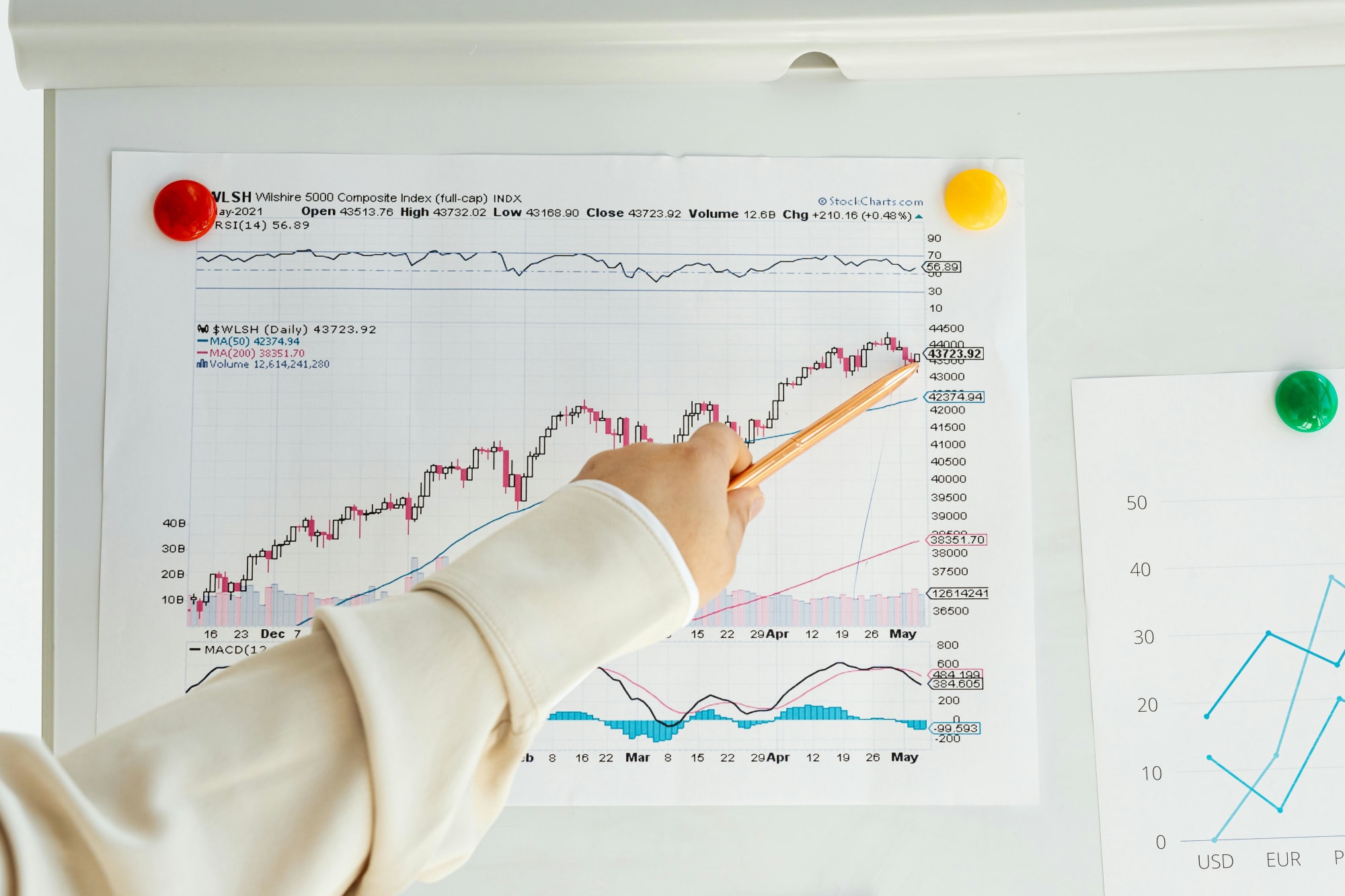Invest
In the naughty corner: UN snubs Australia for dragging its feet on climate change
Invest
In the naughty corner: UN snubs Australia for dragging its feet on climate change
Scott Morrison wasn’t among the 70 world leaders speaking at the UN’s Climate Ambition Summit over the weekend due to Australia's “stubborn refusal” to up its climate ambitions – an attitude that is expected to pose significant costs to the Aussie economy.
In the naughty corner: UN snubs Australia for dragging its feet on climate change
Scott Morrison wasn’t among the 70 world leaders speaking at the UN’s Climate Ambition Summit over the weekend due to Australia's “stubborn refusal” to up its climate ambitions – an attitude that is expected to pose significant costs to the Aussie economy.

The Morrison government failed to secure a speaking spot at the the UN’s virtual Climate Action Summit, which took place over the weekend, just days after the PM said he would be there to “correct the record”.
It is believed that Mr Morrison’s plans to unveil Australia’s intention to ditch the use of Kyoto carryover credits to meet its Paris Agreement commitments were not deemed significant enough to warrant a speaking spot.
“I wish them well for the summit. I’m sure it’ll be very nice,” the PM said on Friday, after it was revealed he would not be among the 70 world leaders to speak at the summit.
After being booted from the UN summit, the PM attended the Pacific Islands Forum on Friday, where he refused to formally commit to cutting emissions by 26 to 28 per cent on 2005 levels by 2030. Mr Morrison also refused to agree to aim for net zero emissions by 2050, instead telling the forum Australia is "committed to achieving net zero emissions as soon as possible".

Commenting on Australia’s UN snub, Professor Tim Flannery, Chief Climate Councillor, scientist and former Australian of the Year said: “With all our major trading partners and strategic allies now stepping up their commitments to climate action, Australia faces a diplomatic firestorm, not to mention decades of economic fallout, if it fails to act.”
Similarly, Professor Lesley Hughes, Climate Councillor and climate scientist, opined that the PM’s expectations were ill founded.
“The Morrison government announcing it will not use dodgy Kyoto ‘carryover credits’ to meet its Paris target is like your child looking for praise after coming home from school and telling you they decided not to cheat in their exams. This is not enough to convince the international community we are serious.”
Nicki Hutley, Climate Councillor, economist and partner at Deloitte, said that while Australia has clearly been banished to the “naughty corner”, the country’s climate inaction carries a significant cost.
“Australia has a long way to go. This summit needs to bring about more action. If we don’t do something now, we will have huge economic disruptions.
“By acting on climate change, we can create new jobs, set up clean export industries for the future, and a prosperous economy,” said Mr Hutley.
Last month, Deloitte Access Economics warned that the Australian economy could lose $3 trillion and 880,000 workers over the next 50 years if climate change is not addressed.
“If you think COVID is awful, then you should be prepared to fight against an even bigger threat. COVID shows the cost of overlooking catastrophic risks. So, it’s an urgent wake-up call for us to get ahead of that other big risk – climate change,” Deloitte’s chief economist, Chris Richardson, said.
About the author

About the author


Economy
RBA's hawkish stance reflects inflation concerns, State Street economist comments
In a recent statement, the Reserve Bank of Australia (RBA) has signaled a hawkish stance on interest rates, drawing insights from financial experts about the implications for Australia's economic ...Read more

Economy
Navigating the inflation maze: How CFOs can outsmart economic hurdles in Australia
Fresh inflation data have cooled expectations of near-term rate cuts in Australia, intensifying pressure on margins, capital allocation and demand. Rather than wait for monetary relief that may not ...Read more

Economy
Inflation concerns rise as Australia's CPI climbs to 3.8% in October
Australia's latest Consumer Price Index (CPI) figures have sent ripples through the economy, with headline inflation accelerating to 3.8% year-on-year in October, up from 3.6% in September. The data, ...Read more

Economy
October CPI results pose challenges for RBA’s monetary policy stance
In a surprising turn of events, the October Consumer Price Index (CPI) data has raised eyebrows among economists and market strategists, revealing stronger-than-expected inflationary pressures in ...Read more

Economy
Global deal activity declines by 6% amid economic uncertainty, reports GlobalData
In a year characterised by economic turbulence and evolving market conditions, global deal activity has witnessed a notable downturn during the first ten months of 2025. According to GlobalData, a ...Read more

Economy
Australia’s softening labour market puts another RBA cut in play — here’s what business should do now
A four-year high in unemployment has revived expectations the Reserve Bank could deliver another rate cut as soon as November. With quarterly GDP growth running at 0.6 per cent and annual growth at ...Read more

Economy
Rising CPI reinforces RBA’s stance as rate cut expectations remain: State Street
State Street Global Advisors says the Reserve Bank of Australia (RBA) is likely to hold its current policy outlook following the release of September quarter inflation data, which showed an unexpected ...Read more

Economy
NSW SES boosts tsunami preparedness ahead of World Tsunami Awareness Day
As World Tsunami Awareness Day approaches on 5 November, the New South Wales State Emergency Service (NSW SES) is ramping up efforts to enhance tsunami preparedness along the east coastRead more

Economy
RBA's hawkish stance reflects inflation concerns, State Street economist comments
In a recent statement, the Reserve Bank of Australia (RBA) has signaled a hawkish stance on interest rates, drawing insights from financial experts about the implications for Australia's economic ...Read more

Economy
Navigating the inflation maze: How CFOs can outsmart economic hurdles in Australia
Fresh inflation data have cooled expectations of near-term rate cuts in Australia, intensifying pressure on margins, capital allocation and demand. Rather than wait for monetary relief that may not ...Read more

Economy
Inflation concerns rise as Australia's CPI climbs to 3.8% in October
Australia's latest Consumer Price Index (CPI) figures have sent ripples through the economy, with headline inflation accelerating to 3.8% year-on-year in October, up from 3.6% in September. The data, ...Read more

Economy
October CPI results pose challenges for RBA’s monetary policy stance
In a surprising turn of events, the October Consumer Price Index (CPI) data has raised eyebrows among economists and market strategists, revealing stronger-than-expected inflationary pressures in ...Read more

Economy
Global deal activity declines by 6% amid economic uncertainty, reports GlobalData
In a year characterised by economic turbulence and evolving market conditions, global deal activity has witnessed a notable downturn during the first ten months of 2025. According to GlobalData, a ...Read more

Economy
Australia’s softening labour market puts another RBA cut in play — here’s what business should do now
A four-year high in unemployment has revived expectations the Reserve Bank could deliver another rate cut as soon as November. With quarterly GDP growth running at 0.6 per cent and annual growth at ...Read more

Economy
Rising CPI reinforces RBA’s stance as rate cut expectations remain: State Street
State Street Global Advisors says the Reserve Bank of Australia (RBA) is likely to hold its current policy outlook following the release of September quarter inflation data, which showed an unexpected ...Read more

Economy
NSW SES boosts tsunami preparedness ahead of World Tsunami Awareness Day
As World Tsunami Awareness Day approaches on 5 November, the New South Wales State Emergency Service (NSW SES) is ramping up efforts to enhance tsunami preparedness along the east coastRead more








